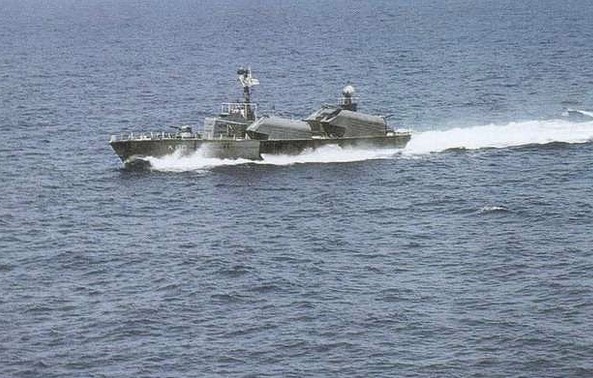Rising Naval Activity in Asian Waters
Naval activity across important Asian waters is rapidly increasing. In a move that has raised many eyebrows, the United States has quietly dispatched two submarines to a secret location. The decision follows rising tensions after what have been described as direct threats from Russia. The exact destination of the submarines remains classified. However, the timing and urgency behind the deployment reflect serious concern within defense circles.
The nature of the mission is not routine. These submarines are built for stealth and strategic deterrence, and their sudden movement suggests a heightened state of alert. The U.S. military has not released further details, keeping both the route and the objectives confidential. Still, the region has been witnessing growing instability, and the American response hints at deeper security concerns.
This military decision is not occurring in isolation. Other powers in the Indo-Pacific are also ramping up their presence in the region. One of the most visible responses is coming from India.
🔥South China Sea Shock: Vietnam’s Secret Island Boom Stuns Rivals Amid Rising Tensions🔥
India’s Eastern Push: Ships Reach Southeast Asia
India has sent a strong naval presence to Southeast Asia, reinforcing its commitment to maritime stability in the region. Three Indian Navy warships have docked in the Philippines. Another Indian ship is conducting bilateral exercises with Singapore’s Navy. These actions are more than symbolic. They highlight India’s determination to support regional partners and ensure peace in busy shipping lanes.
The warships currently in the Philippines include a mix of different capabilities. One of them is INS Delhi, a guided-missile destroyer that can neutralise enemy warships quickly. It is equipped to respond to threats with high speed and precision. Alongside it is INS Kiltan, a modern anti-submarine corvette that focuses on tracking and engaging underwater threats like enemy submarines. Supporting them is INS Shakti, a large fleet tanker. It carries fuel and supplies, allowing the group to operate far from home for extended periods.
Philippines Arrests 5 More Chinese Spies in Escalating South China Sea Dispute
This fleet is not just making a friendly visit. The mission reflects readiness, cooperation, and India’s growing interest in the larger Indo-Pacific area. The ships also arrived at a time when the Philippines and India are celebrating the 75th anniversary of their diplomatic ties.
In Singapore, a separate operation is underway. The Indian Navy ship INS Satpura is currently involved in a joint naval exercise known as SIMBEX. This is the 32nd edition of the India-Singapore Maritime Bilateral Exercise. It is one of the oldest and most trusted naval partnerships in Asia. Both navies are practicing communication, tactical coordination, and joint responses to sea-based threats. These exercises improve trust and help both forces get ready for possible emergency situations in the future.
New Naval Cooperation in the South China Sea
Naval collaboration between India and the Philippines is expected to become even stronger in the coming days. Reports suggest that both countries are preparing for their first joint patrol in the South China Sea. This patrol would mark a major step in their growing naval cooperation. It also reflects a shared concern for the security of sea routes and national waters.
The planned patrol is significant in both timing and scale. It is taking place at a time when tensions in the South China Sea are rising. There is ongoing competition in the region, with several countries defending their claims and boundaries. Against this backdrop, India’s presence sends a strong message of solidarity with its regional partners.
This development comes during an important diplomatic visit. The President of the Philippines is currently in India for a state-level visit. Meetings between top-level diplomats are underway. The discussions are likely to cover defense cooperation, maritime strategy, and possible future exchanges between the two countries’ armed forces.
Philippines Expands Defence Network with New Zealand in the Wake of Growing South China Sea Threats
As part of this visit, there is a strong focus on expanding naval ties. Both sides are reportedly exploring options for sharing technology, training crews, and coordinating patrol operations. This reflects a shift from simple visits to deeper defense cooperation.
China, although not directly mentioned, remains a critical factor in the background. Many experts view these growing maritime links as a quiet response to increased Chinese activity in contested waters. The naval deployments by both the United States and India suggest that the Indo-Pacific is entering a phase of higher readiness and closer coordination among like-minded countries.
